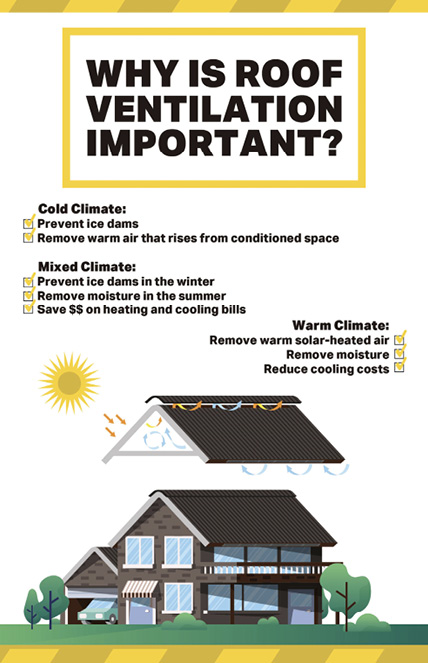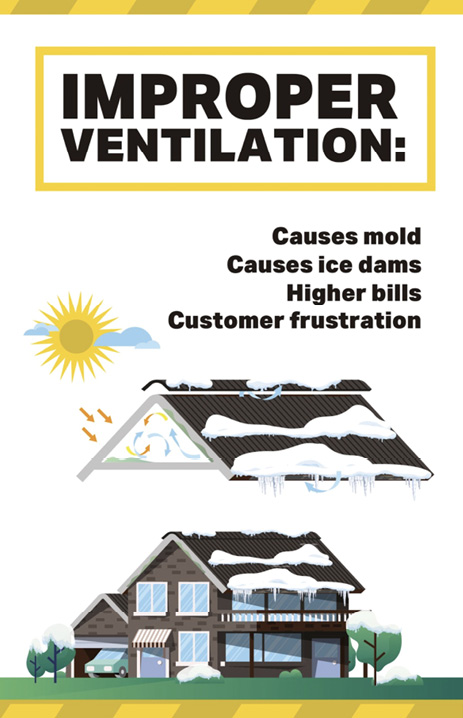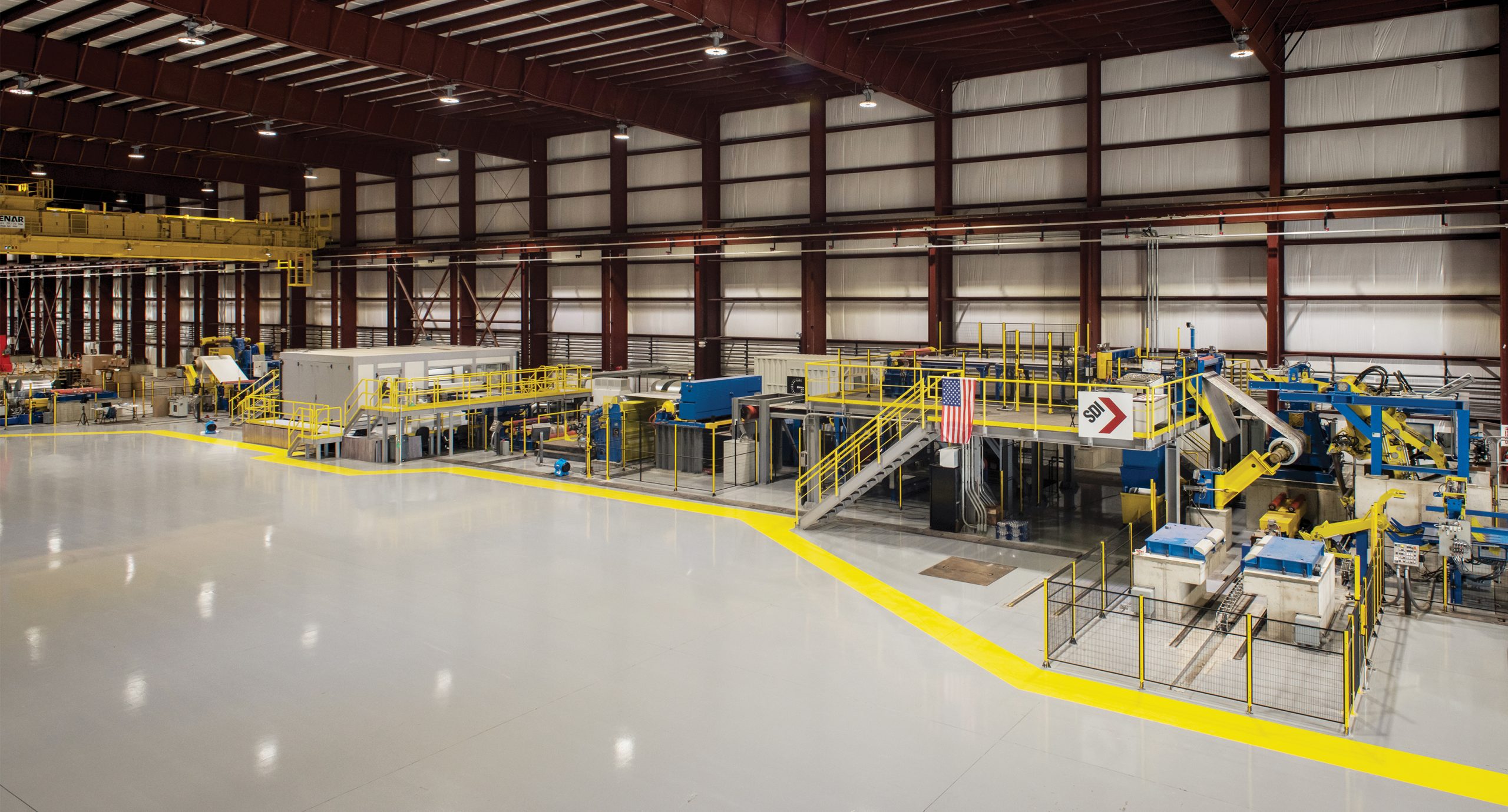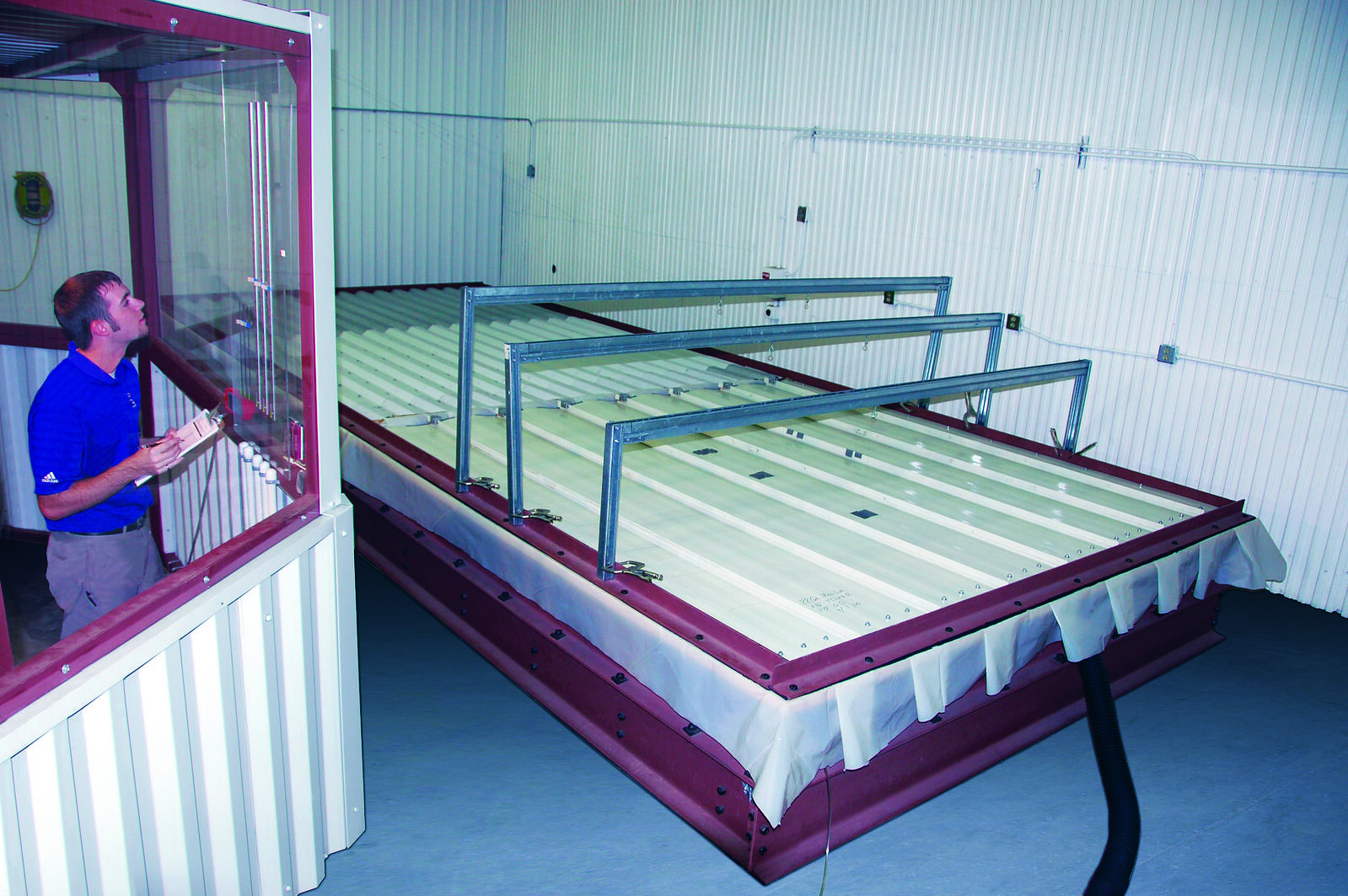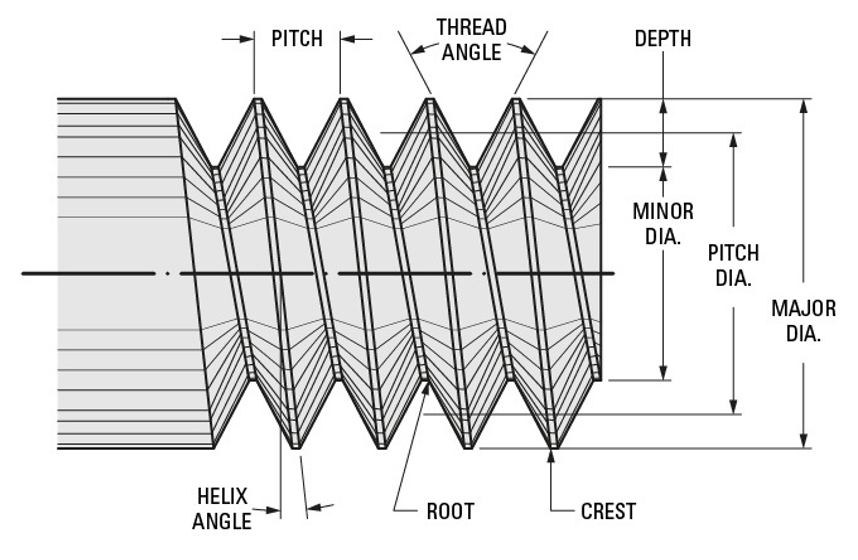Due to many theories and various approaches to roof venting, it may become easy to ignore the importance of proper roof ventilation. This can be a very costly mistake.
There are many theories behind the importance of roof ventilation. Some argue that roof ventilation is only important in warmer climates. Some would also argue that as long as you have a few vents in the gables of your house, then you are properly vented.
Due to these and many more mixed approaches to roof venting, it may become easy to ignore the importance of proper roof ventilation; including how it should be designed, constructed and implemented.
Avoiding Costly Mistakes
Sadly, ignoring proper roof ventilation can become a costly mistake to the homeowner’s structure. It can cause mold, ice dams and higher heating and cooling bills.
Improper ventilation can also damage a contractor’s reputation. If a homeowner encounters issues with their roof or attic, they will usually blame these issues on the roofing contractor.
Addressing Roof Ventilation Properly
So, how can we address these issues with roof ventilation?
This is the first article in a series on proper roof ventilation. In this first article we look at several principles on why we should properly ventilate roofs, and in future articles we will address the proper way to do it.
So, why is proper roof ventilation so important?
Cold Climates
In a cold climate, the main goal is to keep your roof cold to prevent ice dams.
We have all seen the damage ice dams can do to a roof and the leaking it can cause. Proper ventilation helps keep the roof from getting too warm by removing warm air that rises from the conditioned living space below.
If this warm air is not removed, it warms the roof, which can begin melting the snow and start the subsequent thaw/freeze cycle.
Proper roof venting also removes humidity that moves from the conditioned living space to the attic. This helps prevent mold and other moisture issues.
Warm Climates
In a warm climate, ventilation is critical to removing warm air from the attic. This warm air is often the result of a hot solar-heated roof.
It also helps keep moisture out of the attic, particularly if you live in an area with thunderstorms, heavy precipitation and wind. Hopefully your roof doesn’t let moisture in, but a small leak can quickly cause damage where proper ventilation can help minimize the damage.
Roof ventilation in warm climates also has a financial advantage. Keeping warm air out of the attic will result in less strain on the home’s cooling system. This results in lower cooling costs, and more money stays in the homeowner’s pocket.
Mixed Climates
In a mixed climate, which covers much of the United States, proper ventilation provides the benefits of both cold and warm climates depending on the season.
In the wintertime, you don’t have to worry about ice dams on the roof. And, in the summertime, you can enjoy lower cooling bills with a moisture-free attic, no matter what the weather brings.
Proper roof ventilation applies to every climate and should not be ignored. Please see the next edition for proper ventilation techniques when working with an unconditioned attic!
For more information on roof ventilation, please contact SnapZ at 406-781-0615. RF
